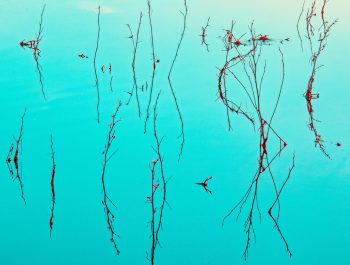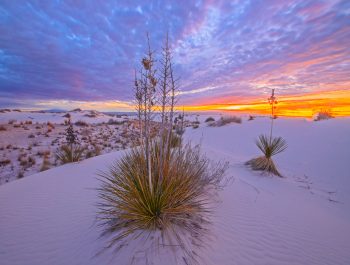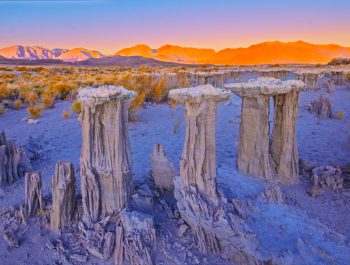The Language of Art Part 8 – Abstraction
What Is Abstraction?
Traditionally, abstraction is defined as a representation that does not attempt to represent an accurate depiction of a reality, a representation for which the referent is known to the artist but not to the audience (see my essay titled The Referent).
The problem with this widely accepted definition is that it does not take into consideration the distance between reality and abstraction. For me that distance is crucial because it defines the kind of abstraction we are looking at and the challenge that this abstraction offers to the audience. In some instances, finding out the referent is easy. In other instances, finding the referent is difficult if not impossible.
I call this the level of abstraction. This level is defined by the distance between a specific abstraction and reality.
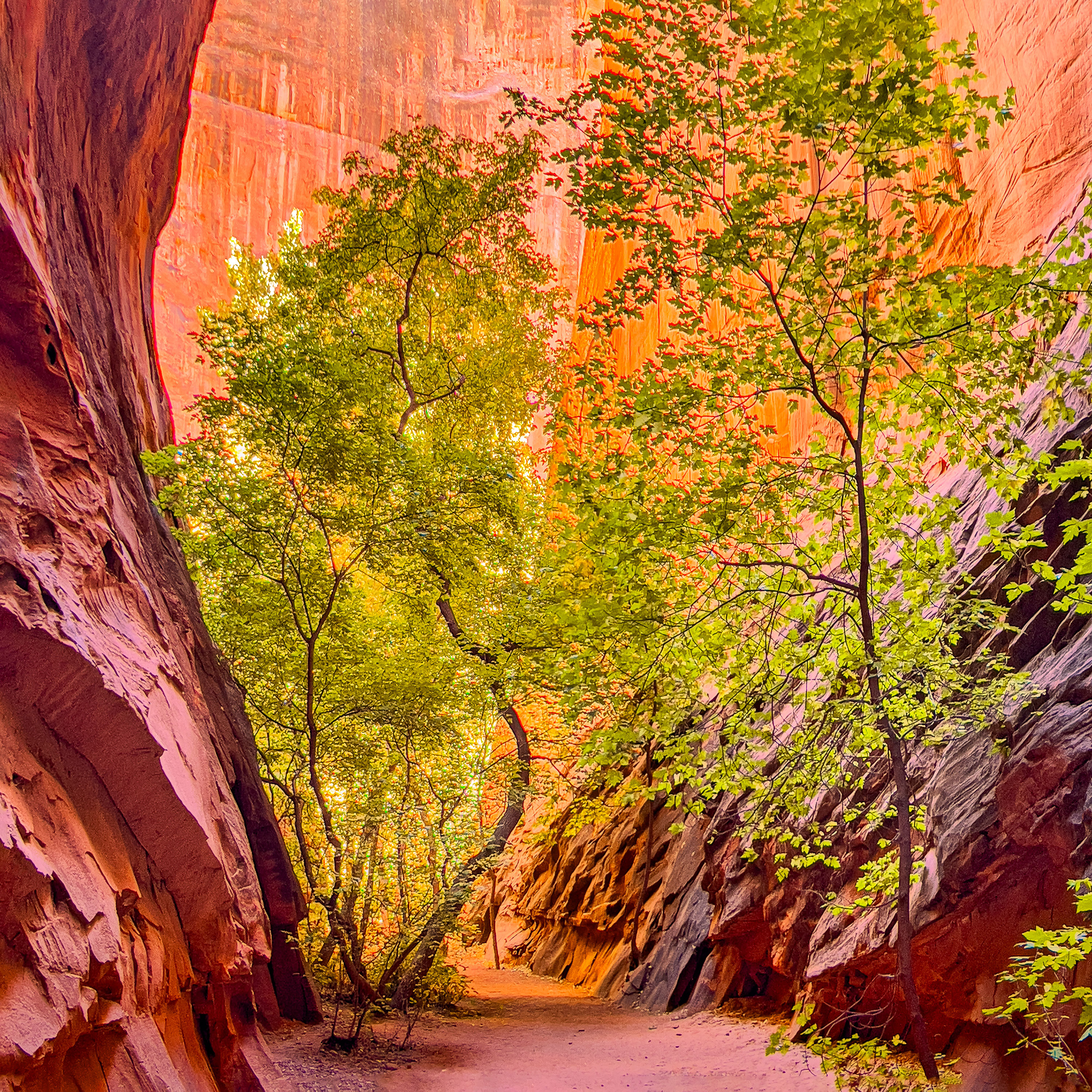
All Representations Are Abstractions
For me all representations are abstractions. This means that the only ‘reality’ is reality. Reality is that which has not been represented. In the visual arts, reality is what we see when we look at the world.
Everything else, meaning every form of representation using any of the languages available to us (visual, auditory, verbal, touch, feeling, etc.) is an abstraction, a representation in which some of the reality is missing.
A photograph for example, no matter how ‘real’ it may appear, is flat, is of a different size than the original, and has different colors than the original. If it is in color, the colors are not the ones we see in reality, no matter how close the color reproduction might be. It can also be monochromatic or it can be altered in various ways, further increasing the distance between reality and representation. It always shows the subject at a specific time and for a span of time different than what we experience in reality. This can be a fraction of a second or a very long time. A photograph rarely shows the subject in its real size. It either shows it smaller or larger. Finally, a photograph, like all works of art, shows the artist’s perception of reality which is different from our own perception.
Film And Digital Abstractions
In film days photographers did not give much thought to the abstraction level of their photographs. They assumed photographs were not abstractions, even though some photographs were considered art. How art can be art and not be an abstraction is a mystery, but that is the way it was. It was a socially accepted ‘truth’ and it was not challenged.
When digital capture came about this ‘truth’ was challenged because digital processing made it possible to create photographs that showed new levels of abstraction. These levels of abstraction were radically different from the abstractions that had been accepted as ‘reality’ previously.
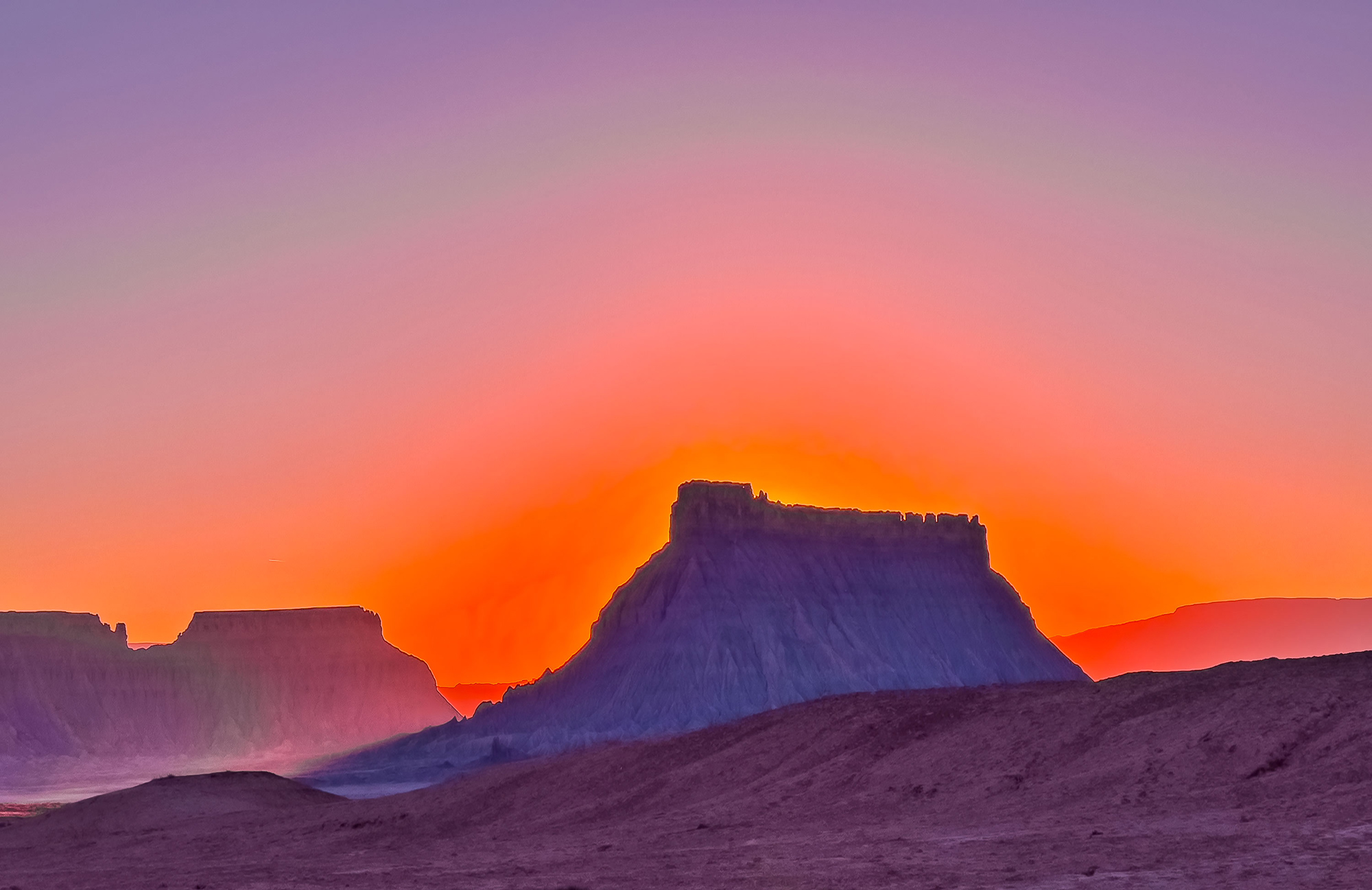
Two different groups emerged: those who stuck to the film paradigm and those who embraced the new possibilities offered by digital processing. Argumentation and confrontation surfaced between these two different groups. The argument centered on what was ‘acceptable’ and ‘unacceptable’ abstractions. This discussion was intense but pointless because all photographers, film or digital, were creating abstractions, as I explained previously. However, this did not deter those who embraced the film paradigm to believe that film-based images were ‘real’ (see my essay on Paradigms).
Such a discussion, or disagreement, has not surfaced among other art mediums. Certainly, there was, and still is, diverging opinions about what is art, but artists in general do not censure themselves. They let others take care of that.
What does that mean in regard to photography and photographers? It means that the majority of photographers do not consider themselves artists. They consider themselves ‘documentators’ and they believe that their representations are not abstractions but reality itself. It is therefore not surprising that a problem surfaced when digital photographers took a different stance by declaring that their images were abstractions and not reality.
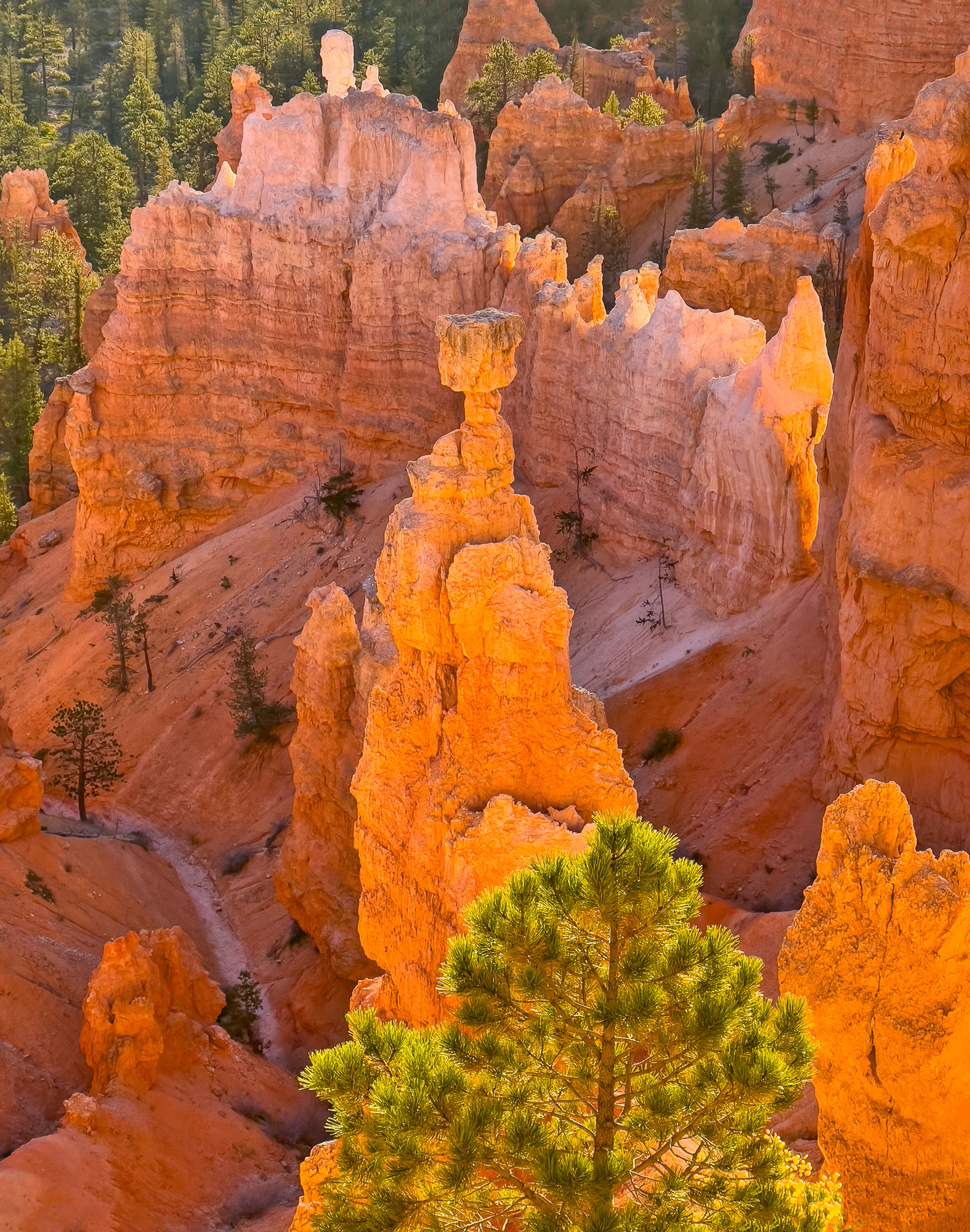
Paintings And Abstraction
This point is best demonstrated by looking at paintings. All paintings, regardless of the subject being painted, are abstract because the visual content of the painting has been organized by the artist. This means a painting never depicts reality. Instead, it depicts reality organized by the artist.
Unmanipulated photographs are far less abstract, regardless of the subject being photographed, because the photographer did not organize the image. Instead, the image was organized by the camera when the photograph was taken. An unmanipulated photograph is therefore much closer to depicting reality than a painting, even though photographs create a unique photographic reality. This photographic reality is created by the choice of lens, the changes of contrast and color generated by the photographic process, the fact that photographs are flat and not three dimensional, and the fact that photographs are very rarely printed at the size of the original subject.
Conclusion
As we saw in a previous essay, realist and abstract artists both speak the same language. The language of art. They just use this language differently. Similarly, traditional and manipulation-oriented landscape photographers use the same language. They just say different things with it. Things that disturb the opposite party. This is why they are at odds. The things they say with the language of landscape photography are poles apart. One party says ‘this is nature as it has been since the beginning of time, shown to you unmanipulated.’ The other party says ‘this is nature as I see it in my mind’s eye, transformed in such a way that what you see is not what is in nature.’ This differentiation in the use of the language results in two very different messages.
About The Photographs In This Essay
The photographs used as illustrations in this essay may look real, however they are not. They demonstrate the points I make in this essay. These photographs do not show the landscape in its original size. Regardless of your monitor size, the landscape features depicted in my images are far smaller than they are in reality. The colors are different, because sensors, color processing and color reproduction do not re-create real colors, no matter how carefully designed and calibrated these devices might be. These photographs show only a fraction of time while the scenes I captured exist all the time, not just for 125th, or whatever sliver of time was used to capture them. My images are flat, while the world exists in three dimensions. You can try and push your hand into the screen; all you will get are fingerprints on your monitor. Furthermore, in addition to these differences between reality and photographic reproductions, my intent was not to create realistic or documentary photographs. My intent was to create artistically expressive images that exhibit my personal take on reality.
The Next Essay
The next essay will address different levels of abstraction in photography and in painting, using examples from my work and from the work of other photographers and painters.
About Alain Briot
I create fine art photographs, teach workshops with Natalie and offer Mastery Tutorials on composition, image conversion, optimization, printing, business and marketing. I am the author of Mastering Landscape Photography, Mastering Photographic Composition, Creativity and Personal Style, Marketing Fine Art Photography and How Photographs are Sold. All 4 books are available in eBook format on our website at this LINK Free samplers are available.
You can find more information about our workshops, photographs, writings and tutorials as well as subscribe to our Free Monthly Newsletter on our website. You will receive 40 free eBooks when you subscribe.
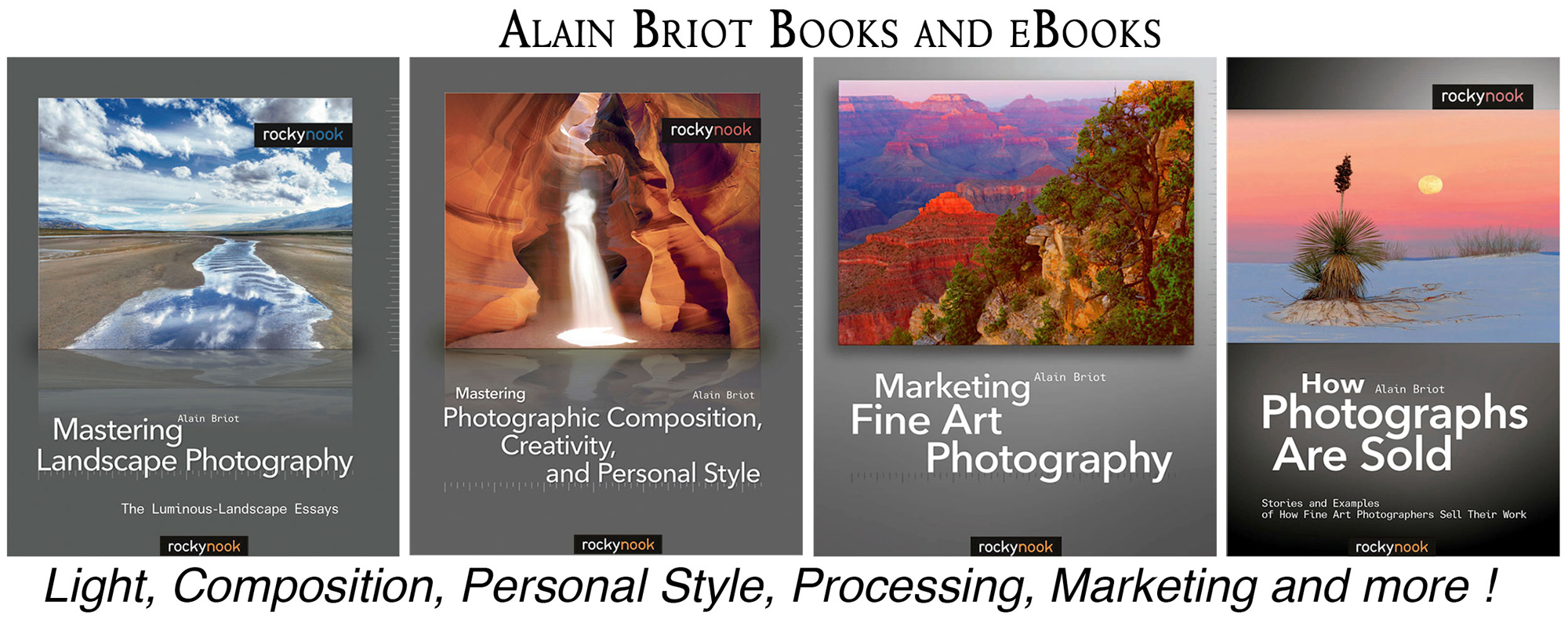
Studying Fine Art Photography With Alain And Natalie Briot
If you enjoyed this essay, you will enjoy attending a workshop with us. I lead workshops with my wife Natalie to the most photogenic locations in the US Southwest. Our workshops focus on the artistic aspects of photography. While we do teach technique, we do so for the purpose of creating artistic photographs. Our goal is to help you create photographs that you will be proud of and that will be unique to you. The locations we photograph include Navajoland, Antelope Canyon, Monument Valley, Zion, the Grand Canyon and many others. Our workshops listing is available at this LINK.
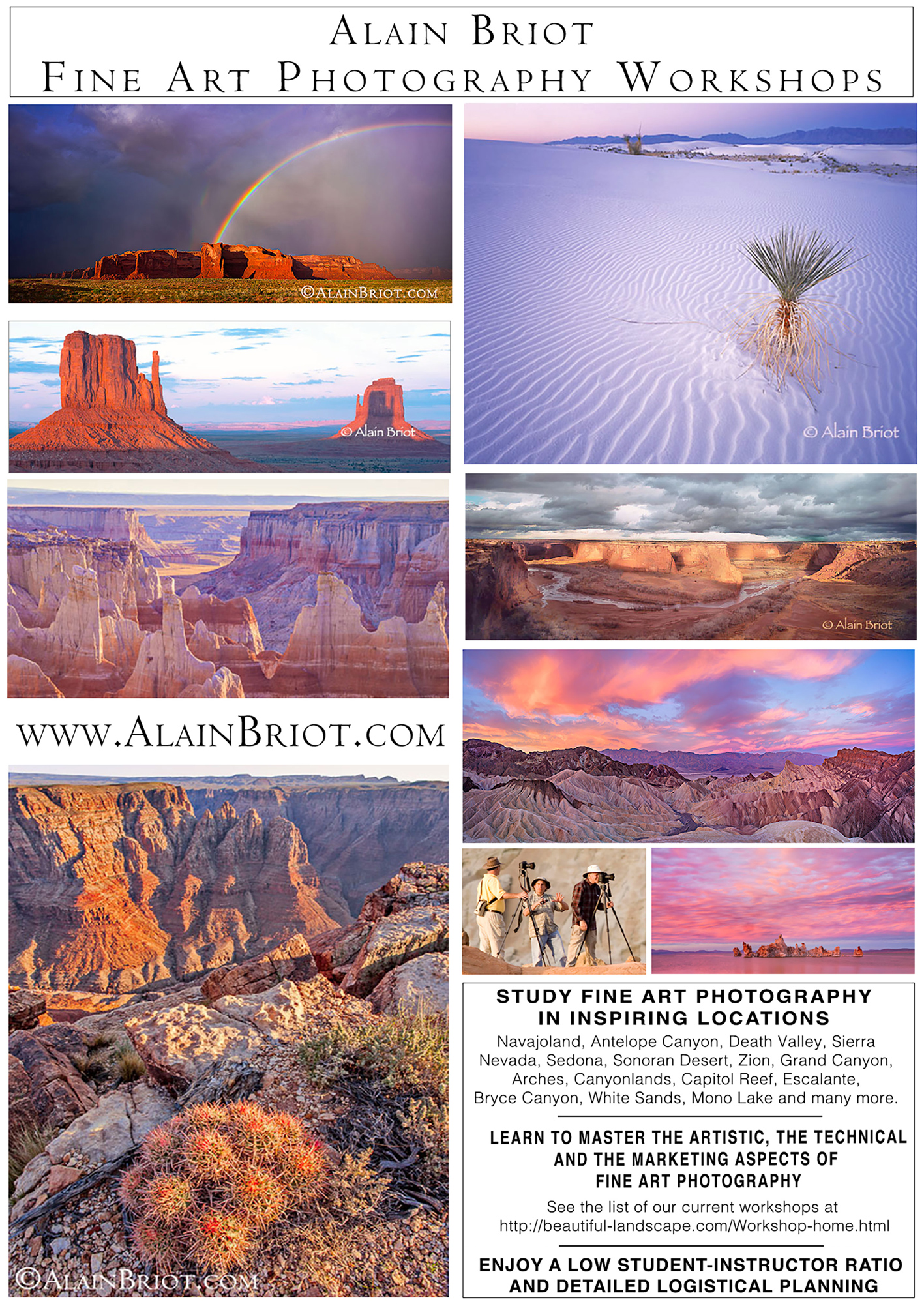
Alain Briot,
December 2023
Glendale, Arizona
Author of Mastering Landscape Photography,Mastering Composition, Creativity and Personal Style, Marketing Fine Art Photography, and How Photographs are Sold. http://www.beautiful-landscape.com [email protected]




